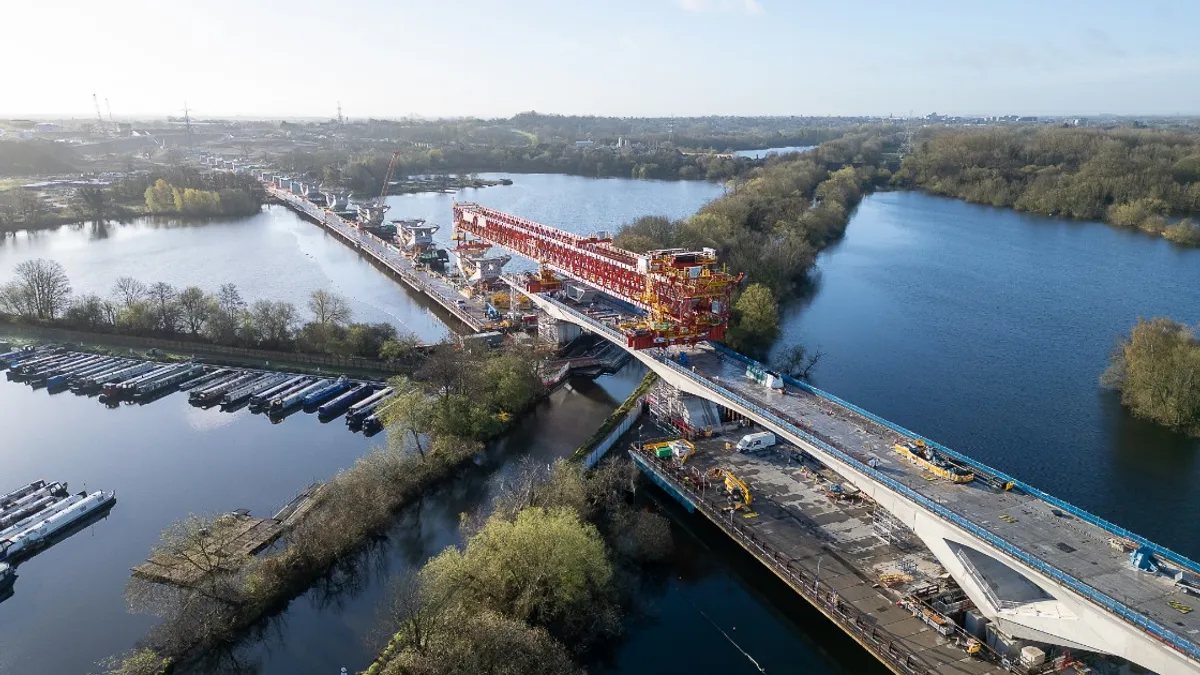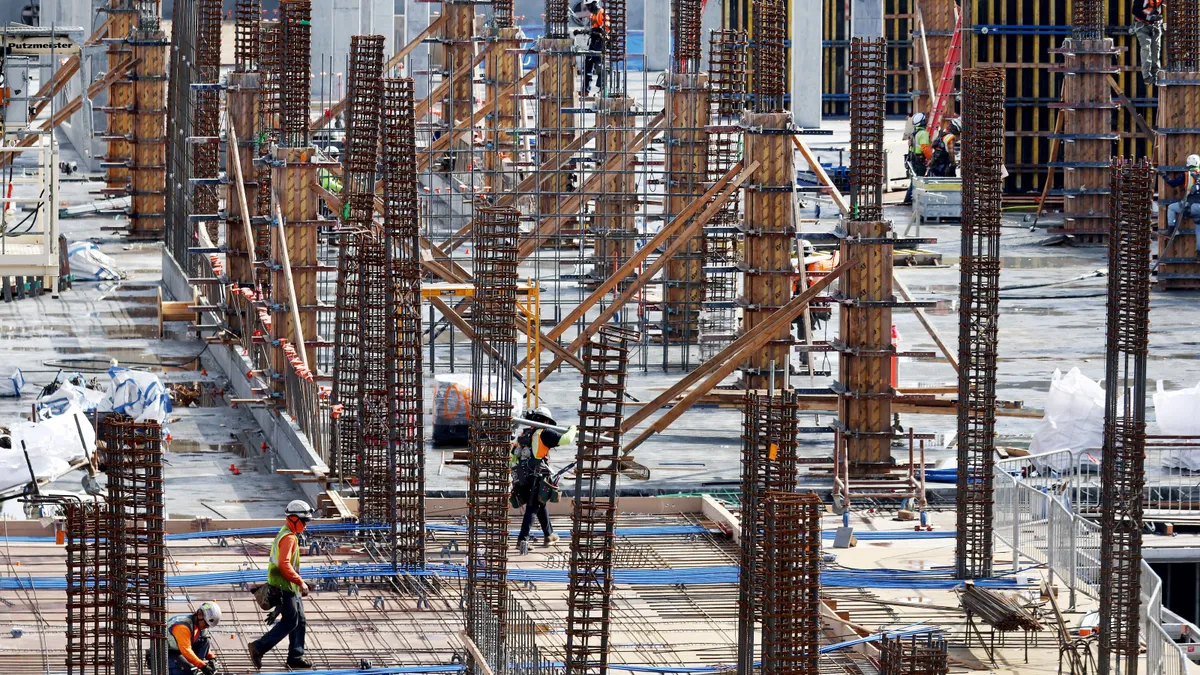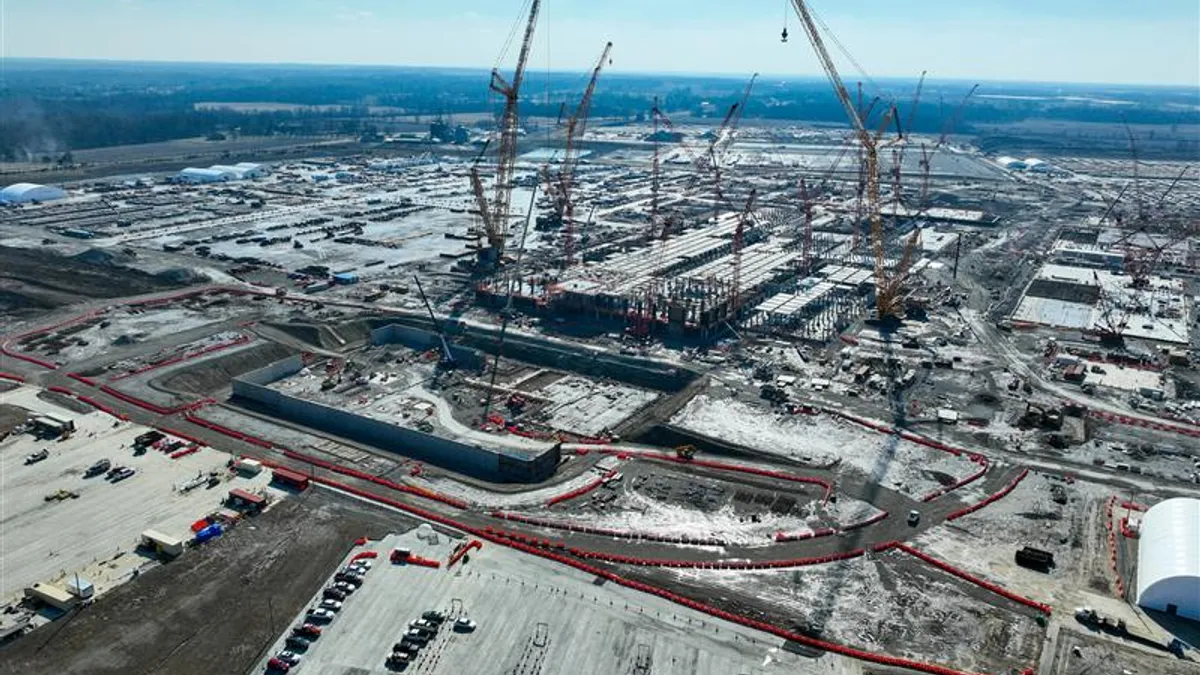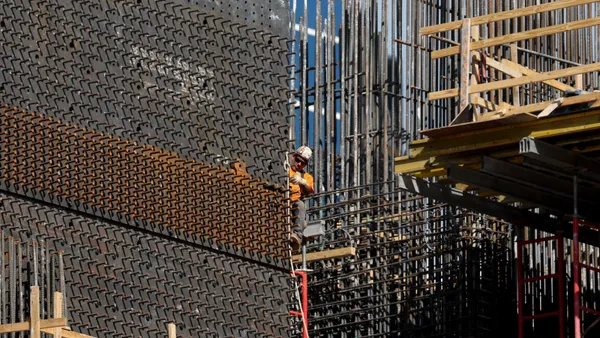PricewaterhouseCoopers and the Urban Land Institute released their annual "Emerging Trends in Real Estate" report for 2016 on Wednesday. The report, which predicts trends for the U.S. through interviews and surveys, highlighted that commercial real estate is becoming increasingly driven by smaller firms, as the growth of companies with fewer than 50 people is outpacing growth of larger ones.
"The real estate industry's traditional focus on big cities and large employers is shifting significantly as small businesses emerge as the growth engine for the U.S. economy," Mitch Roschelle, a partner at PwC, said in a release. "This is creating disruption in the office sector as it finds ways to create new space models to accommodate these employers."
We picked out the most important points for real estate professionals and builders from the PwC and Urban Land Institute predictions for the Top 10 real estate trends in 2016:
1. Success in 18-hour cities
ULI and PwC first took note of the growing popularity of "18-hour cities," or secondary markets — besides the 24-hour traditional "gateway cities" — in last year's report. These markets that are becoming increasingly "hip" include Austin, San Diego, San Antonio and Denver.
In the time since their prediction last year, the report authors said they have seen stronger confidence from the real estate industry for investment return potential in 18-hour cities. These hot markets appeal to a variety of buyers, as they can offer the amenities that come with a larger urban setting at a more affordable price. The report predicted the 18-hour city trend will only get stronger next year.
2. Suburban spree
Real estate professionals emphasized their belief that the suburbs are far from dead. The fear that millennials would abandon suburban-living has lingered in the real estate industry for years. But, according to the report, those millennials choosing to defer marriage and family creation will slowly start to take those major life steps and embrace the suburbs.
It is important to note, however, that most industry professionals said the suburbs that will appeal to millennials down the road won't look like the "suburbs of their parents." Instead, popular suburban locales will feature the benefits of both urban and suburban areas, including transit-oriented and mixed-use properties. In what the report authors consider the country's top 40 metro areas, 84% of all jobs are located outside of the center-city core, "and that’s the basis for optimism for the suburban future."
3. Evolving office sector
The office industry has seen steady growth as employment numbers improve. The report authors noted that survey respondents were constantly seeking ways to redesign the traditional office space with the goal of both attracting and keeping talent, as well as adapting to changes in workplace style. Coworking spaces, for example, have become "a major office leasing force in some large markets."
These coworking offices have been met with little regulatory resistance, and real estate professionals said they see these new offices as "entrepreneurial innovation matched up with industry acceptance and at least a benign noninterference from public regulators." The report authors predicted this small segment of the industry will continue to evolve and expand in 2016.
4. Alternative housing options
The report said that although the rental industry will continue to have the upper hand over single-family in the short-term, housing demand will take off across all residential sectors in the long-term. And that influx of buyers will also come with more demand for new and alternative housing options, such as microhousing and cohousing.
Millennials and baby boomers have shown they tend to want more affordable and smaller home choices. Because builders and real estate professionals have seen significant profits in the luxury market, the more affordable end of the housing spectrum has been somewhat neglected, the report noted. "Creative ideas ... will likely depend upon the real estate sector's savvy if they are going to be effective."
5. Parking lots a thing of the past?
The report authors referenced Department of Transportation and American Automobile Association studies, which found that miles traveled by car for people 34 or younger are down 23%, and the percentage of high school seniors with driver's licenses fell from 73% between 1996 and 2010. As fewer young people are driving, existing parking "represents a suboptimal use of land."
Expanding mass transit in cities like Los Angeles have also spurred questions of the usefulness of so much parking space. The report said that although most respondents said major parking pattern changes are "years away," real estate professionals should keep the growing trend in mind.
6. Infrastructure innovations
The report's authors, noting that the most recent ASCE Infrastructure Report Card gave the U.S. a D+, said the "conventional approach to infrastructure improvement is utterly disheartening." Due to this failure in traditional practices to fix the nation's struggling infrastructure, some groups and cities are starting to find more creative solutions, such as bus rapid transit in cities such as Minneapolis, Portland, OR, and Omaha, NE.
Public-private partnerships, or P3s, and infrastructure real estate investment trusts have emerged as new tactical approaches to the infrastructure problem. Green infrastructure has also taken off as a trend in the industry, according to the report. "As the need to do more with little (let's not concede "less") becomes more acute, a greater attention to innovative solutions to America's massive infrastructure needs is likely to mark the latter half of this decade and beyond."
7. Food in your backyard
In cities where residents' incomes are stagnant but their desire for fresh food is skyrocketing, the use of urban land to produce food has become a major trend. One operation in New York City, for example, produces more than 300 tons of vegetables in three hydroponic operations in Queens and Brooklyn.
The report authors said the trend of creative uses of urban land is just getting started. "Just as the reinvention of the suburbs is an emergent story for the decade ahead, so is the creative adaptation of inner-city uses." Real estate professionals are encouraged to consider the use of city space for fresh food production as one of a coming wave of innovative uses for urban land.
8. To merge or to specialize?
While mergers and acquisitions have grown in recent years — as firms look to expand and vie for larger projects — some companies have also discovered that "small can be powerful." There has been an increasing trend of mid-sized companies choosing whether to grow through consolidation or to downsize and specialize in a niche area — which are both profitable options.
Big projects are still the "domain of big organizations," so firms must decide if trying to obtain those larger projects is worth joining forces with another group. "Firms may find themselves in the middle and will need to choose which side — smaller or larger — they wish to be on," the report said. The era of the mid-sized company may be slowly coming to an end.
9. New capital raises questions
Capital flow into U.S. real estate markets has been pouring in at a rapid rate. For the year ending June 30, for example, total acquisition volume was at $497.4 billion — a 24.6% year-over-year increase. While most experts don't expect that high percentage gain to be a lasting trend, most investors predict a steady level of capital availability in 2016. But with that influx of capital, real estate professionals must now figure out where it will be invested.
According to the report, new capital will be invested in: additional markets, especially 18-hour cities; alternative assets, as the real estate label is always expanding to include more options; renovation and redevelopment of older spaces; and alternative properties, such as senior housing, data centers and medical offices. A broker in the survey said, "It is an extremely competitive market for placing capital" right now, and the authors added, "That competition is driving money more and more into a discovery process."
10. Return of the humans
The report said the U.S. is currently transitioning from the "dazzle" era of technology and big data to the wise application of such technology — which it considers a "more difficult task." The authors said that although computers have significantly contributed to real estate firms, humans are necessary to take the data and make good judgments. "The global financial crisis did not get triggered because of a lack of mathematical aptitude. The folks who got us all into trouble knew math just fine. What they lacked was the good judgment to foresee consequences and the conscientious determination to prudently manage to standards other than short-run profits."
Now that people have become less entranced by every new technological advancement and app, the report advises companies to turn a more skeptical eye on these innovations and truly question their benefit. "Attention to individual decision making is needed as much as ever," the report said.
Would you like to see more construction news like this in your inbox on a daily basis? Subscribe to our Construction Dive email newsletter!




















